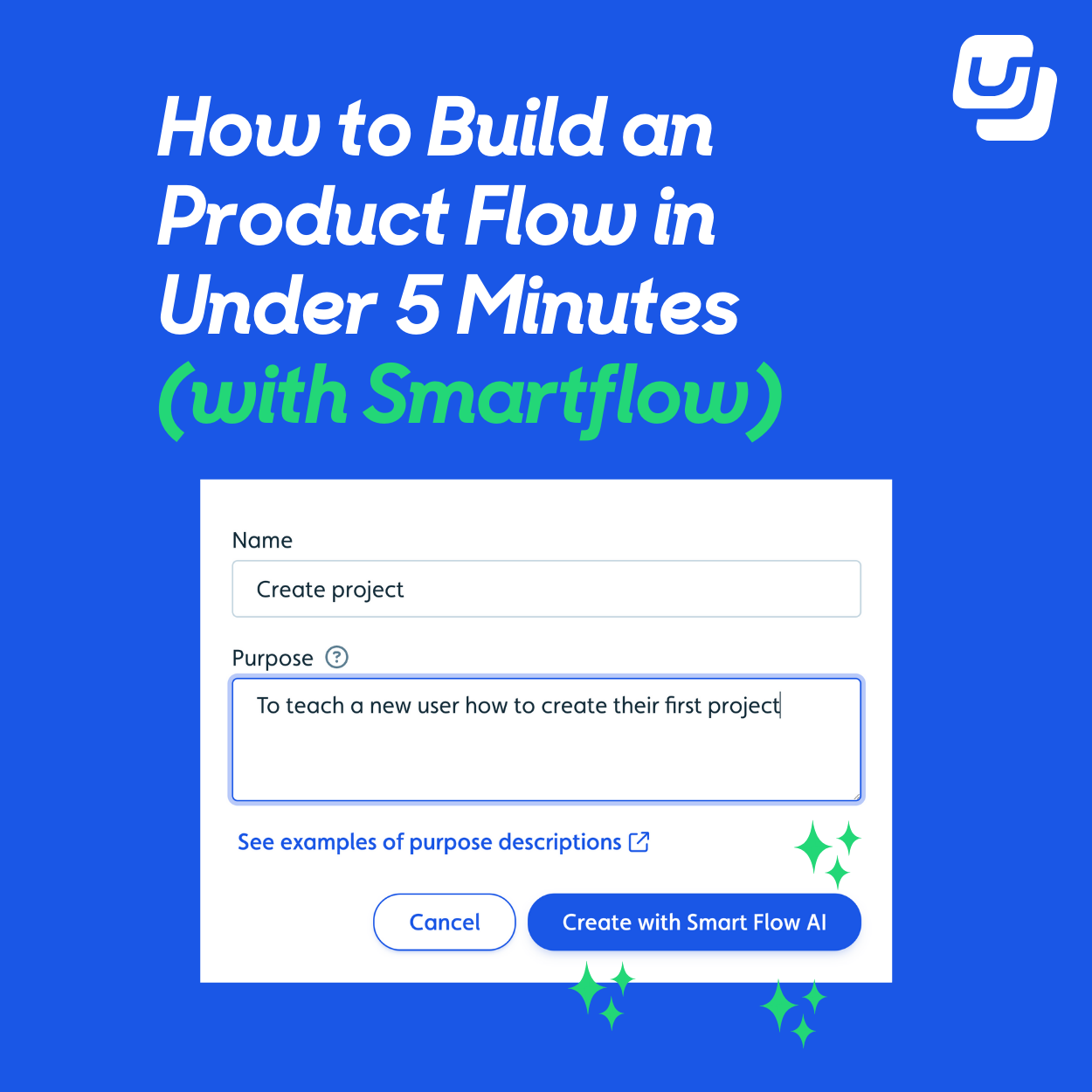What tools do you actually need in a product-led stack?

It’s a topic we often discuss in our Product-led Stack community, and numerous great examples have been shared in the past. Some of my favorites are
- A no-code data setup for product-led growth by Jonathan Sanders
- The product-led growth stack by Franciska Dethlefsen
- The Ultimate Product-led Growth Stack by Arpit Choudhury
- Software powering the PLG era by Bessemer Venture Partners
And for a more comprehensive database of tools, you have Product-led Growth Stack by Productled.
Some of these examples are, however, heavily data tool focused. While I agree data is a big part of PLG, then an even (if not bigger) part is the ability to provide a great user experience with minimal friction. If you focus too much on your data setup, you end up in analysis paralysis and forget about the most essential thing in product-led growth: Building a great product that customers love.
Below, I have tried to give my take on different tools you can include in the PLG stack. I have split functional tools and data analysis tools into two separate buckets: “Drive” and “Optimize” and divided them into different PLG phases. Below I describe each of these buckets and phases as I see them.
PLG Tool buckets
1. Drive
This bucket of tools is what a team (Product, Sales, CS, etc.) would use on a daily basis to drive the users to the actions that bring users value.
2. Optimize
This bucket of tools is what a team would use to optimize their current product and processes to make them better and smarter.
The PLG Phases
Instead of using the more well-known pirate framework AAARRR (Awareness, acquisition, activation, retention, revenue, referral), I have made a slight variation of this. Each phase is described below, including how I see an early-stage PLG company vs. a more mature PLG company would approach them.
1. Awareness
This phase is about creating awareness of your product to potential prospects via channels like social media, review sites, and ads, with the goal of attracting them to your website.
Early-stage PLG companies should focus on one social media, one review site, and one Ads channel to stay focused, while more mature companies can spread more widely and use revenue attribution tools to optimize.
2. Website Engage
In this phase you use your website (marketing site) to engage the prospect with the aim of getting them to sign up for your product. Tools like website builders, as well as video and click-through demo tools, are great in this phase.
Early-stage PLG companies should start with a basic website focused on the main ICP (ideal customer profile) with product screenshots, a video demo, and a basic click-through demo. More mature companies can add multiple click-through demos as well as dynamic website content to give a more personalized experience based on use cases.
3. Product Engage
In this phase, you engage prospects who signed up for your product on a free trial or freemium with the goal of getting them to activate, convert and buy your product. This phase requires tools for reducing authentication friction, as well as tools for creating in-app or email onboarding. Finally, one will need to offer people support in case of customers asking for questions.
Early-stage PLG companies should start with a basic onboarding setup with a support chat, a basic email sequence, and an initial in-app onboarding guide, while more mature companies can build more sophisticated personalized event-driven onboarding experiences both via email and in-app.
Similarly, the tracking of product engagement should be kept simple for early-stage PLG companies to avoid analysis paralysis. For example, one can start with a session recording tool, which gives tangible UX insights, whereas more mature companies can do more advanced product analytics.
4. Sales-assist
Only prospects who need it enter this phase. Similar to the product engagement phase, the goal is to get them to convert or expand. In this phase, one would use a mix of PQL automation tools as well as more traditional CRMs.
Early-stage PLG companies can use a simple PQL (Product Qualified Lead) metric, which they can easily track via a combination of a CRM and a simple setup of a session recording/analytics tool. More mature PLG companies can expand the PQL metric and build sales-assist processes using dedicated PQL automation tools.
5. Procurement
In this phase, the prospect becomes a customer by paying for your product. This phase requires efficient self-service payment solutions, as well as security policies.
Both early-stage and mature PLG companies should keep their pricing and discounts simple and standardized, so they can easily use standard self-service payment tools and SaaS metric tracking tools.
**6. Retain and Expand **
This phase is all about retaining and expanding the customer. In this phase, one would use tools for support chat, knowledge base, surveys, and announcements. More mature PLG companies would furthermore add CS automation. Tools from the prior phases might be used in this phase for new customer users or to expand the customer.
If you want to learn more about how we approach each phase at Userflow, then check out our Product-led at Userflow video series.
The Product-led Stack
The PLG stack overview highlights key tools one should consider for each bucket and phase. This list is not exhaustive, but it should give you inspiration for different kinds of tools you can use.
AwarenessWebsite EngageProduct EngageSales-assistProcurementRetain & ExpandDRIVEAds
Review sites
Social media
Launch
CMS
Personalization
Product demos
Auth
In-app Engage
Email Engage
Support
CRM
PQL Automation
Subscription
Payment
Policies
Support
Surveys
Announcements
CS Automation
OPTIMIZERevenue Attribution
SEO
Sess. Recording
Prod. Analytics
CDP
Warehousing
SaaS metrics
Sess. Recording
Prod. Analytics
AAARRAwarenessAcquisition and ActivationRevenueRetention
CONTENTS













%20(2).png)









